Making mirrors with A Vibe Called Tech, the collective democratising design
Last week, Wallpaper* Paris Editor Amy Serafin spent a day with a group of creatives led by Julie Richoz, making mirrors: here's what went down (and how to make your own)
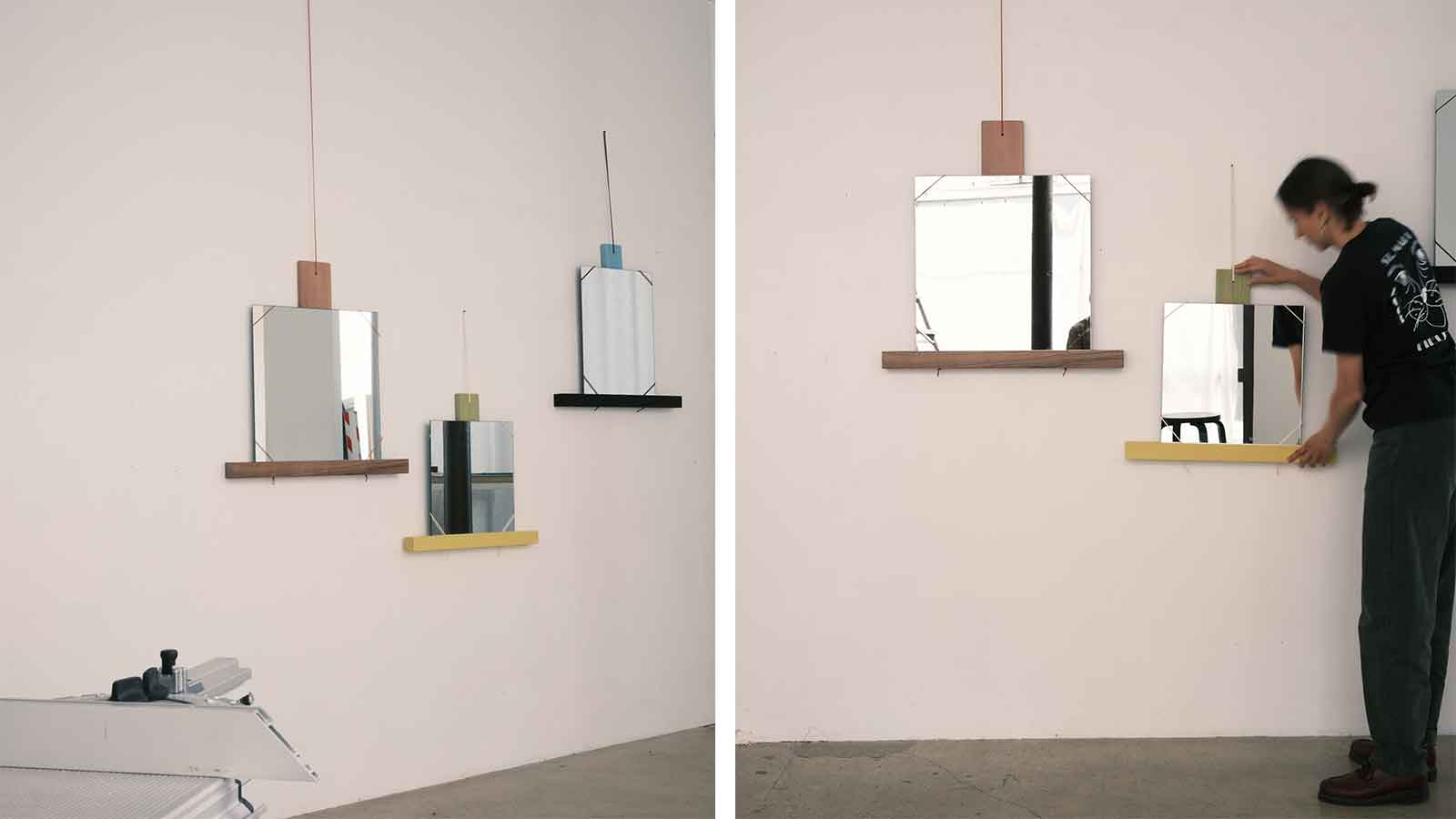
Last week, as Design Miami Paris was drawing design collectors to the Left Bank to see Josef Hoffmann cutlery and Maria Pergay chairs, another group of creatives and journalists gathered on the Right Bank to try their hand at making mirrors. This DIY initiative was part of a new project, 'Future Classics', meant to democratise design, conceived by the British creative agency A Vibe Called Tech with the collaboration of WePresent (WeTransfer's art platform).
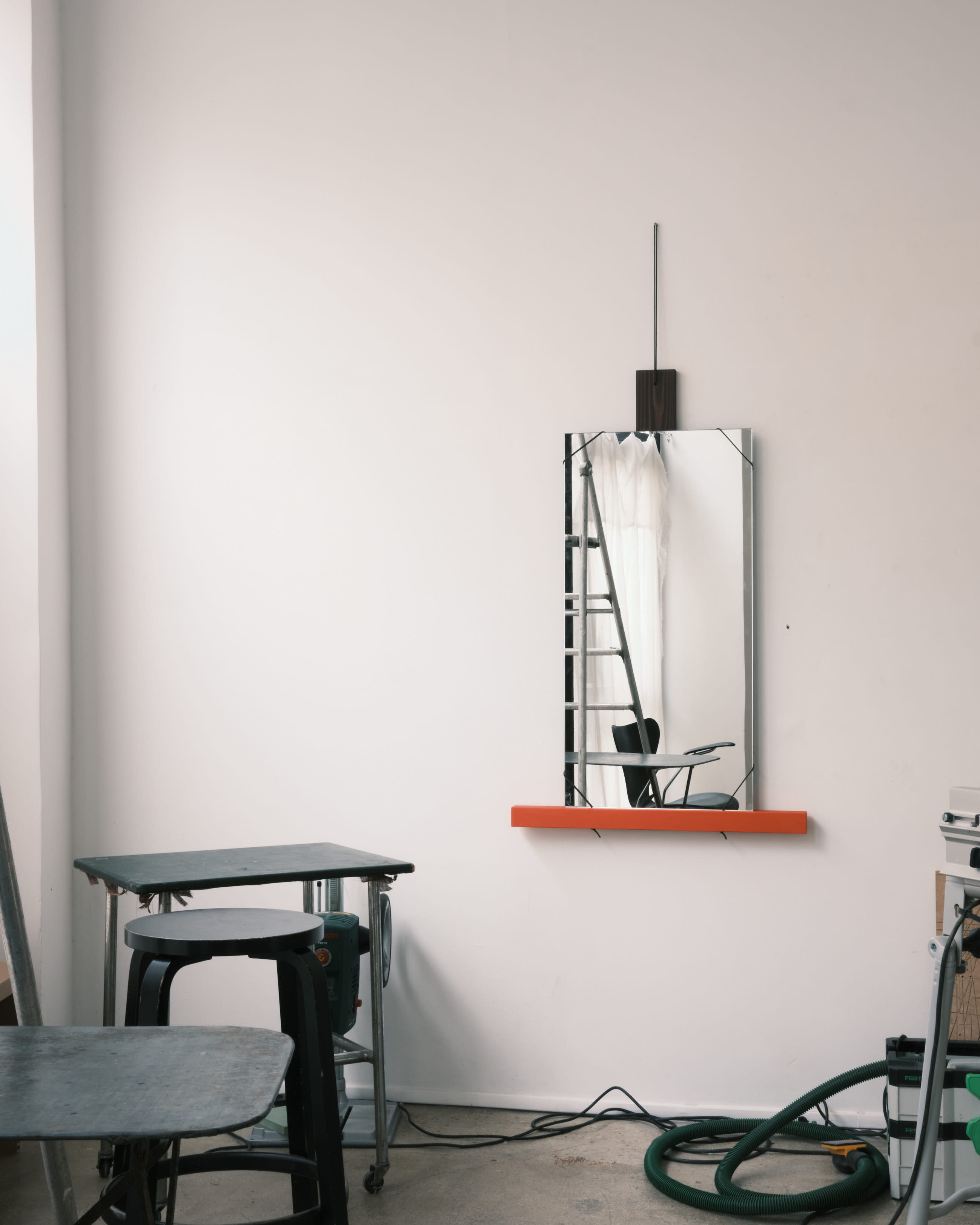
Charlene Prempeh, founder of A Vibe Called Tech, says that Future Classics has two goals. One is to encourage people to use their hands at a time when everything seems to be digitised. The other is to make design available to all. 'I think for a long time it's felt quite elitist. And it's such an important part of our culture. I want people to feel like it's something accessible, and the process of making helps to achieve that.'
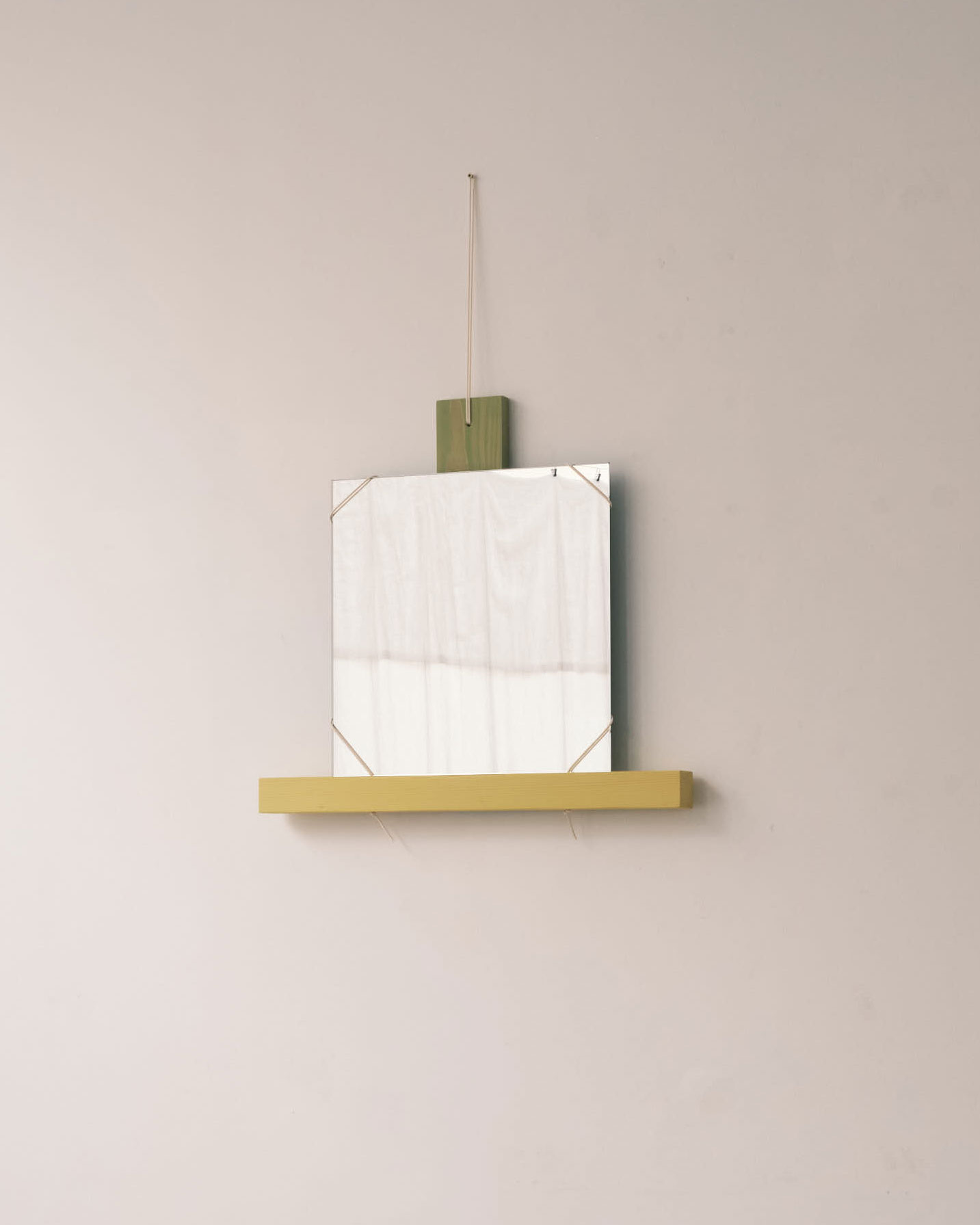
The plan is to expand the project beyond Europe, with different local designers and a range of objects and materials. Ultimately, says Lewis Gilbert, creative director of A Vibe Called Tech, 'We want people to see these items in people's homes and go, 'where did you get that?' And when they need an extra mirror, or an extra lamp, they're like – I can actually make my own.'
The Future Classics mirror workshop
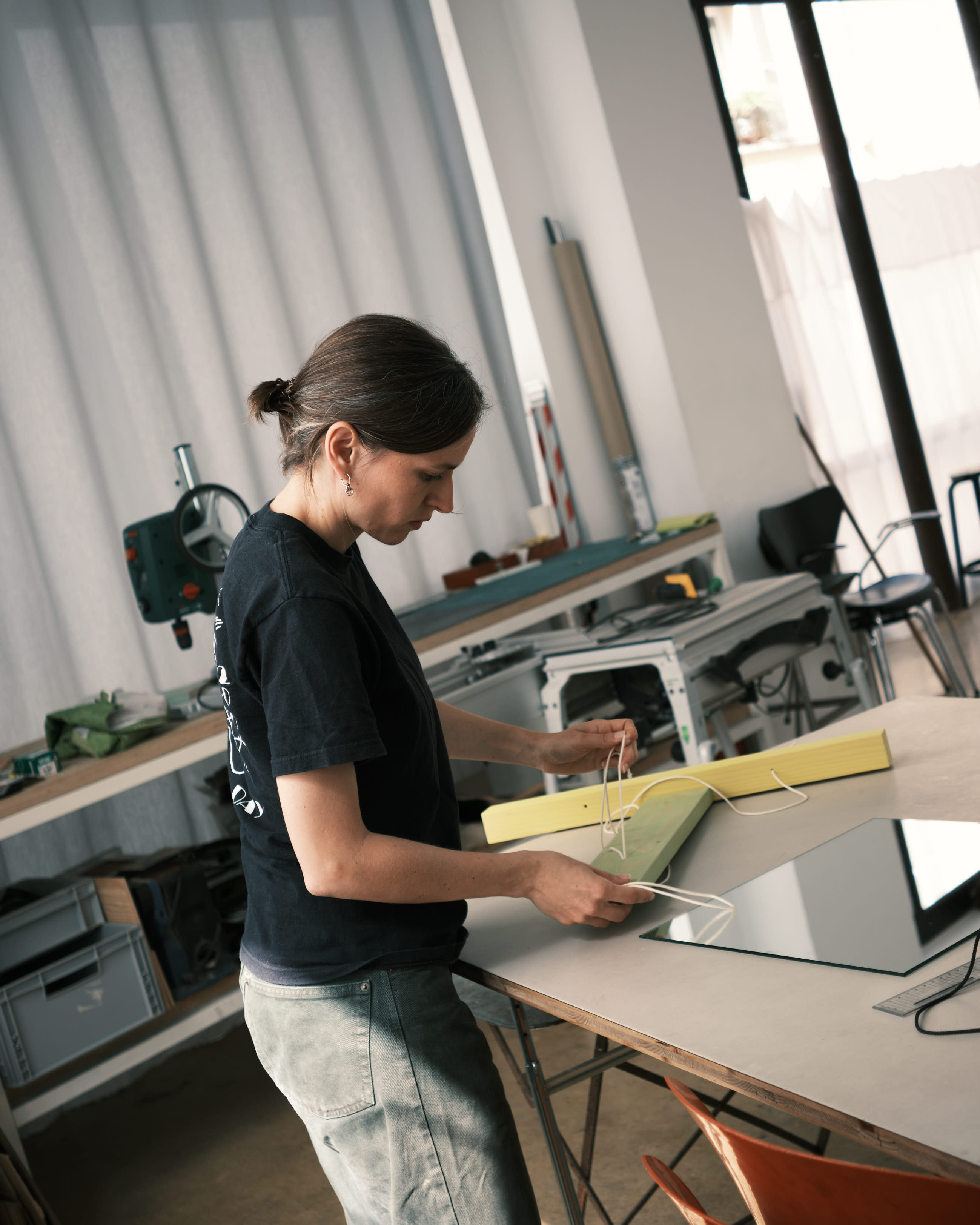
When choosing designers for each Future Classics object, the duo look for talents that share their community-based ethos. The project launched earlier this year in London with a lamp by Andu Masebo. In Paris, the test group would be making a 'T-Mirror' by Franco-Swiss designer Julie Richoz, who was on hand to help them out.
'We set out to create an object that is forgiving and doesn't need millimetric precision,' Richoz explains. Materials and tools had to be simple and readily available. 'These constraints led us to explore a certain aesthetic, a kind of radicality, which took us to this very graphic silhouette.'
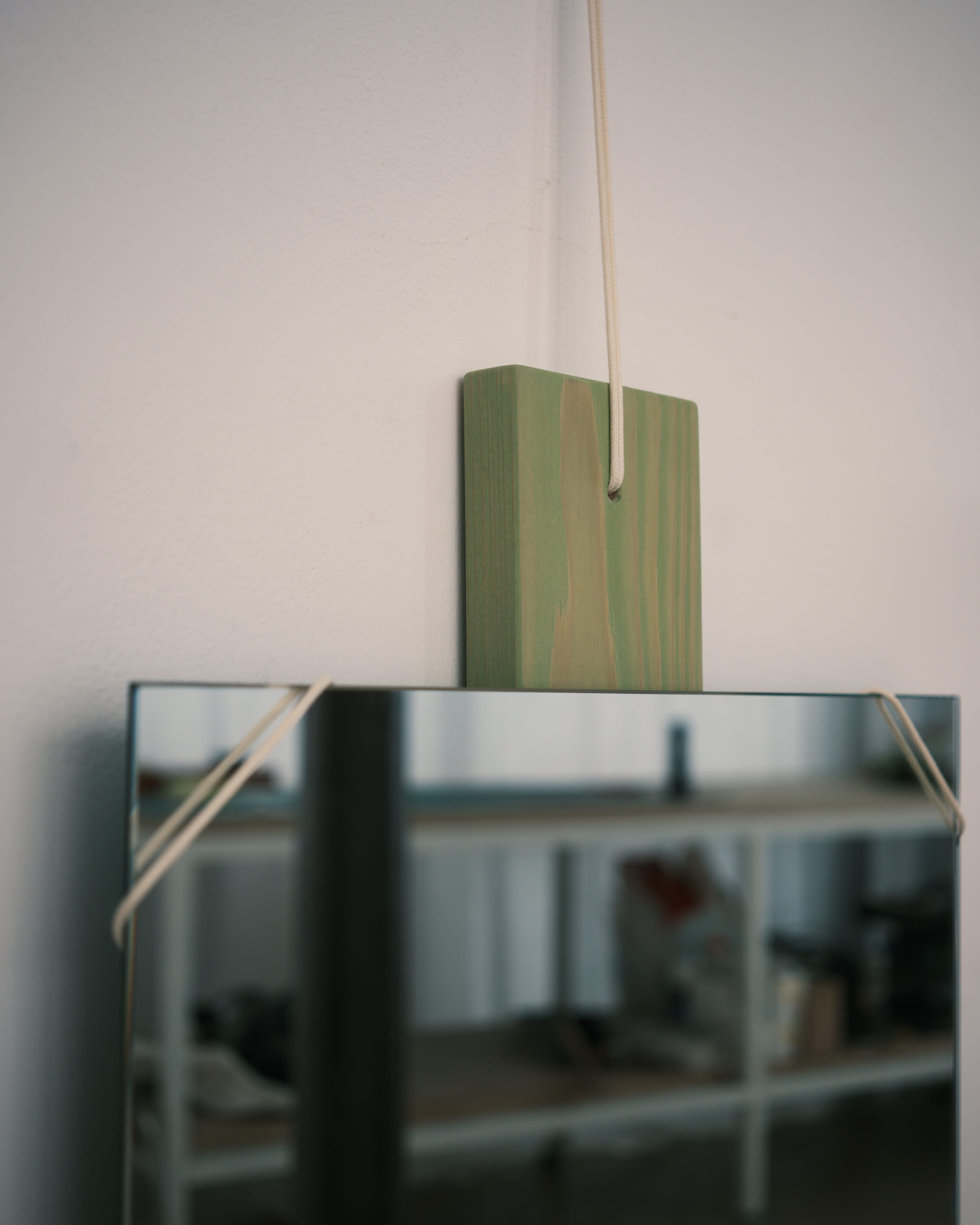
And so on a rainy Thursday morning, a couple dozen people sat at tables in an industrial workspace in northern Paris, each supplied with two pieces of wood and a small selection of paints. The first step was to select the colour mix for the mirror frame, which turned out to be an enormous source of anxiety for people who think often about design but don't necessarily make it. Pastels? Mondrian? Light? Dark? An hour later, most had taken the leap (though a few were spotted regretfully painting over their bright shades with basic black).
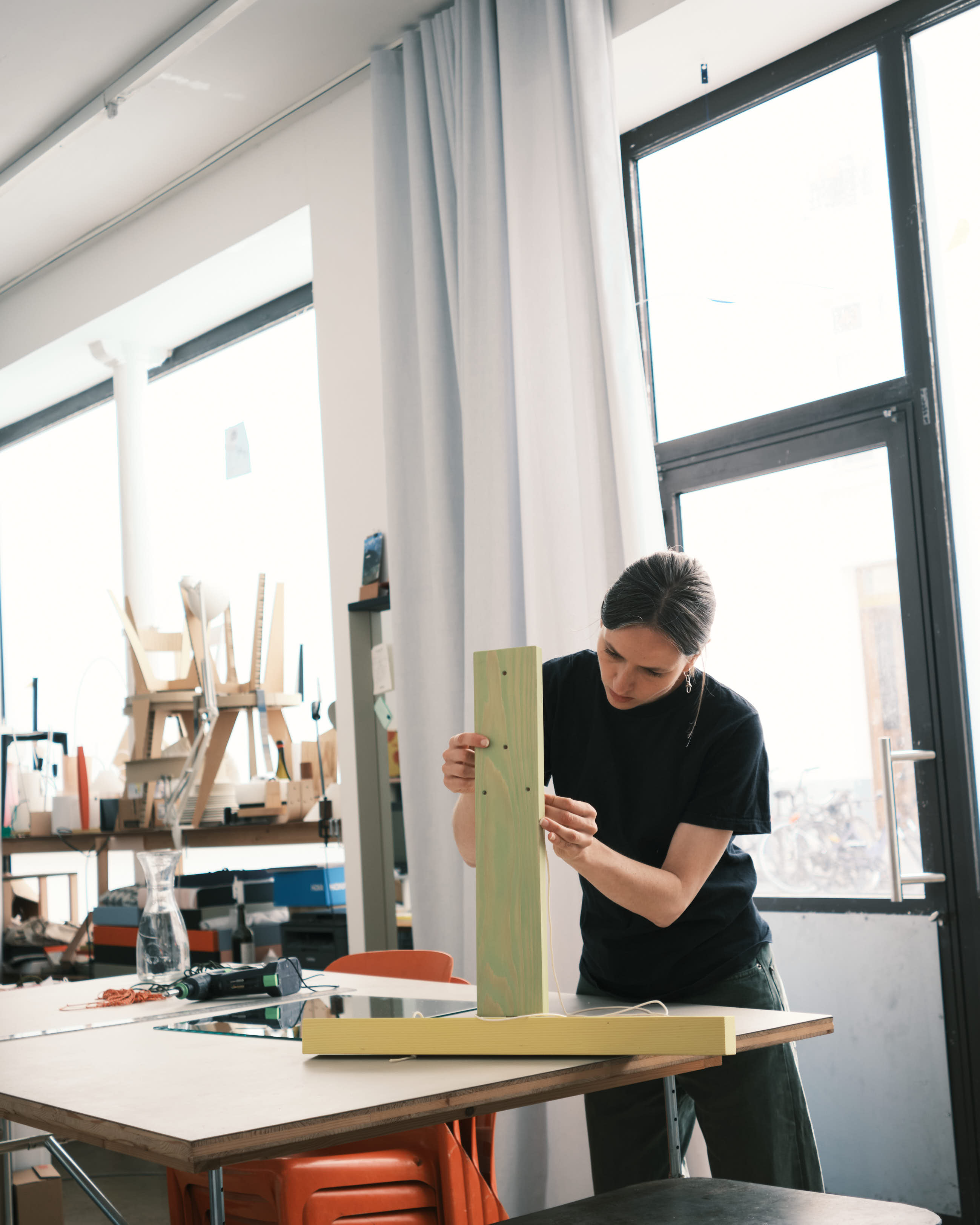
Once the paint dried, drills and screws were handed out, to attach the boards in a T shape. The wood frame – pre-pierced with holes – was then ingeniously attached to mirrored glass with a cord (another colour choice!) that also served as a loop for hanging.
Receive our daily digest of inspiration, escapism and design stories from around the world direct to your inbox.
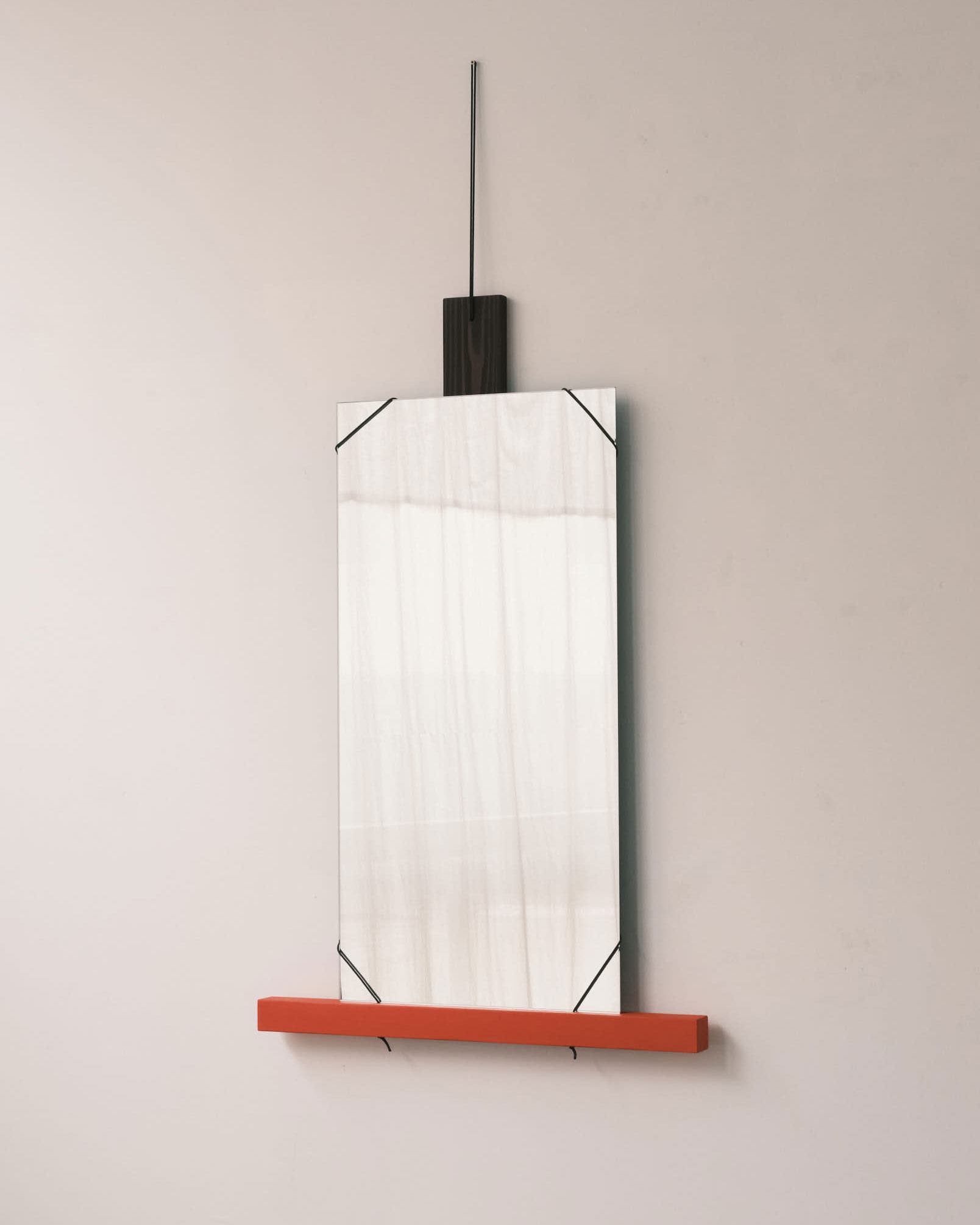
A digital toolkit for making the T-Mirror (along with each new Future Classics object) is available to download for free via WeTransfer. Richoz notes that her instructions are more of a 'protocol' than a plan, and can be adapted to whatever is around once you've understood the system.
'I think we have a different relationship with our environment when we make it ourselves. That's how things were before industrialisation,' she says. 'I love that Future Classics bridges that spirit with the possibilities of modern technology: open source, knowledge sharing, and inviting a large number of people to take part.'
Amy Serafin, Wallpaper’s Paris editor, has 20 years of experience as a journalist and editor in print, online, television, and radio. She is editor in chief of Impact Journalism Day, and Solutions & Co, and former editor in chief of Where Paris. She has covered culture and the arts for The New York Times and National Public Radio, business and technology for Fortune and SmartPlanet, art, architecture and design for Wallpaper*, food and fashion for the Associated Press, and has also written about humanitarian issues for international organisations.
-
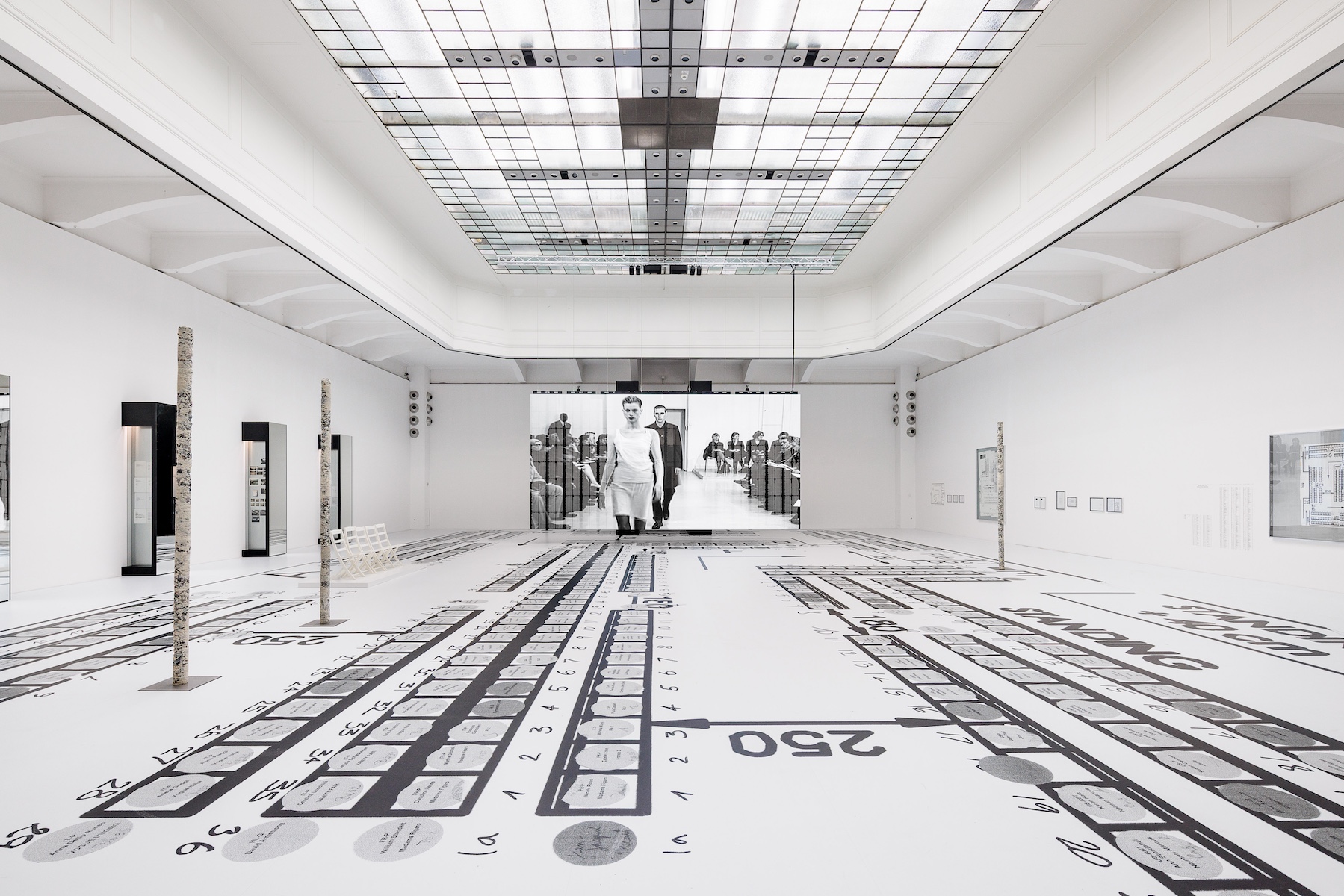 Inside Helmut Lang’s fashion archive in Vienna, which still defines how we dress today
Inside Helmut Lang’s fashion archive in Vienna, which still defines how we dress todayNew exhibition ‘Séance de Travail 1986-2005’ at MAK in Vienna puts Helmut Lang’s extraordinary fashion archive on view for the first time, capturing the Austrian designer-turned-artist’s enduring legacy
-
 Eclectic and colourful, Charlie Ferrer’s home reflects the interior designer’s personal and professional evolution
Eclectic and colourful, Charlie Ferrer’s home reflects the interior designer’s personal and professional evolutionThe New York interior designer invites us into his new Greenwich Village home: come on in
-
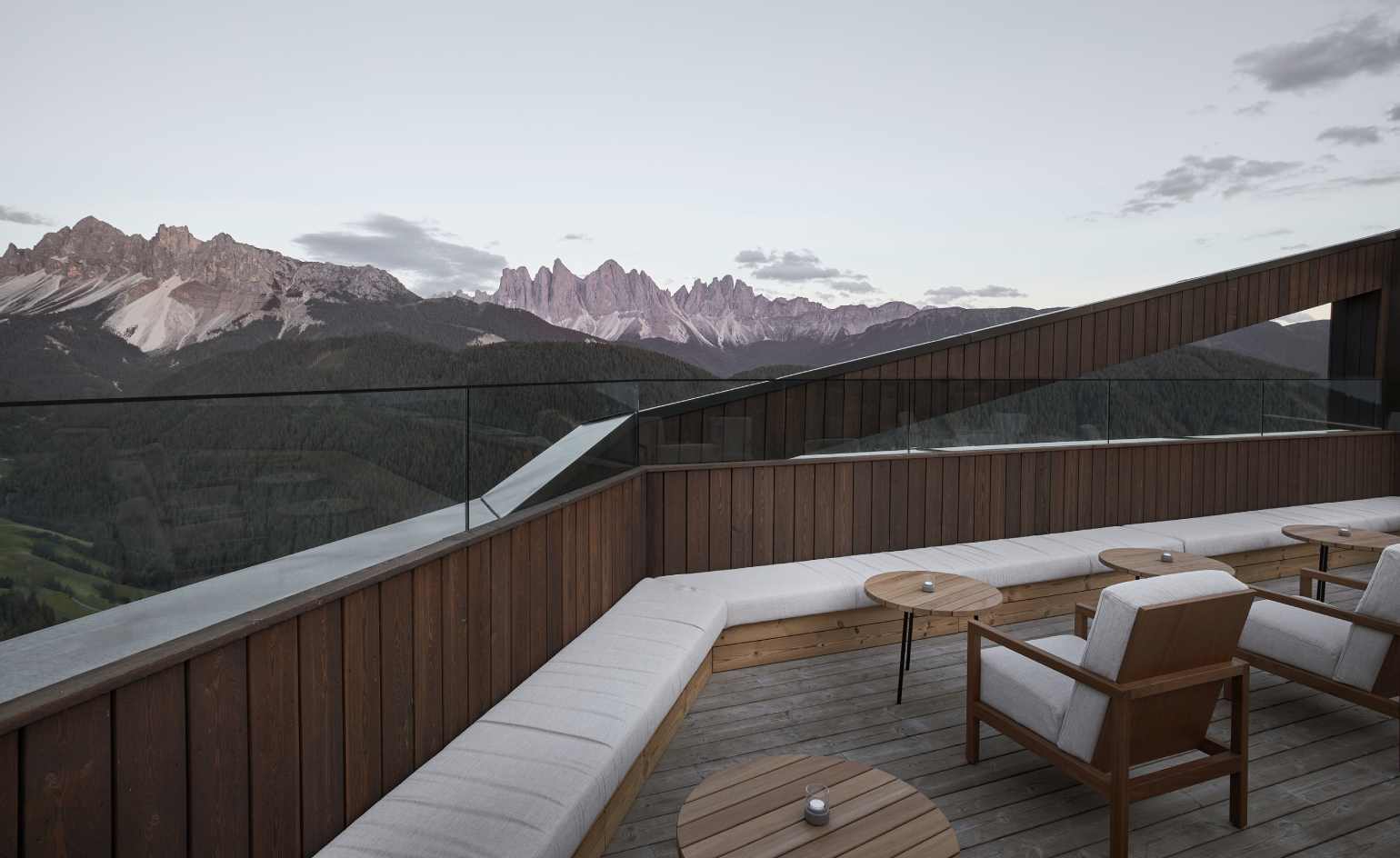 Heading to the 2026 Winter Olympic Games? Don’t miss these stops along the way
Heading to the 2026 Winter Olympic Games? Don’t miss these stops along the wayAs the anticipated winter games draw near, Wallpaper*’s Milan editor, Laura May Todd, shares where to stay, eat, drink and relax in the Dolomites
-
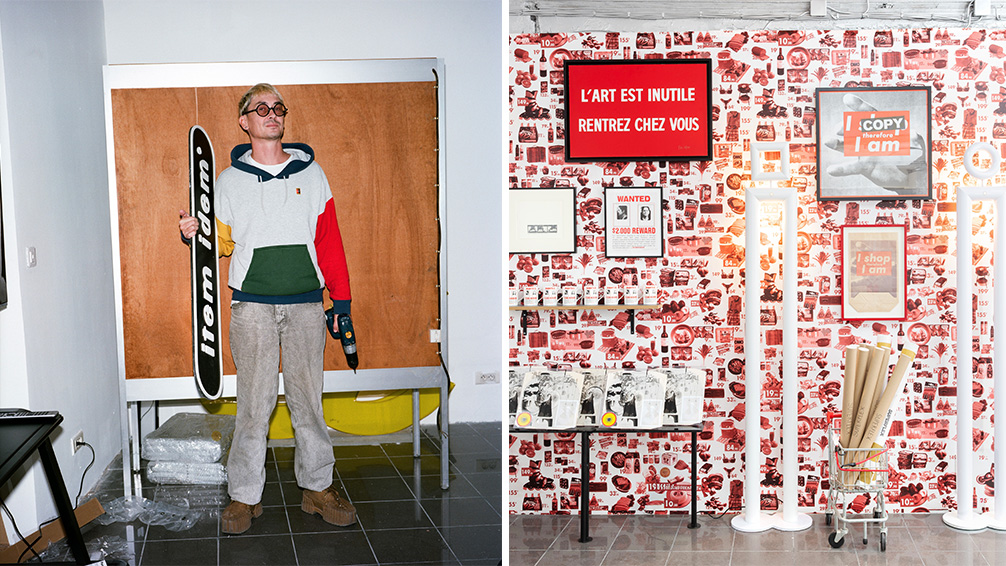 Is this Paris' most design-focused holiday shop?
Is this Paris' most design-focused holiday shop?Shop weird and wonderful design and fashion at this playful, postmodern exhibition from Item Idem, where commerce, culture and humour intersect
-
 Aussie vibes meet Parisian grandeur? This Sydney apartment pulls off the unlikely combination
Aussie vibes meet Parisian grandeur? This Sydney apartment pulls off the unlikely combinationLongtime clients of Dylan Farrell Design trusted the studio to go bold with the gut renovation of their Sydney flat – now an intriguing study in contrasts
-
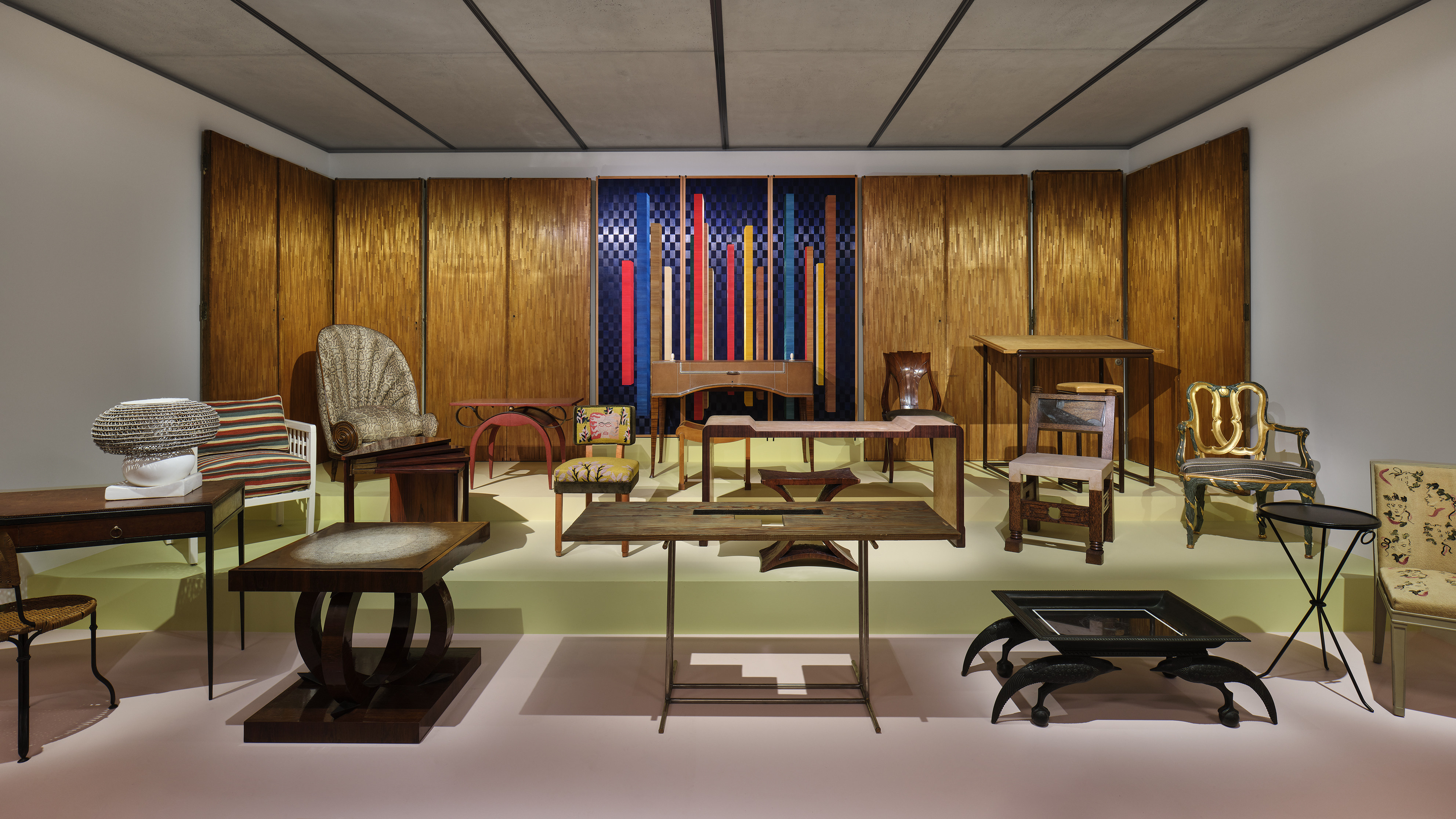 Art Deco's centenary is honoured with a grand exhibition in Paris
Art Deco's centenary is honoured with a grand exhibition in ParisTo mark 100 years of Art Deco, the Musée des Arts Décoratifs in Paris is holding a retrospective that includes furniture, tableware, clothing, jewellery and objets d’art (on view until 26 April 2026)
-
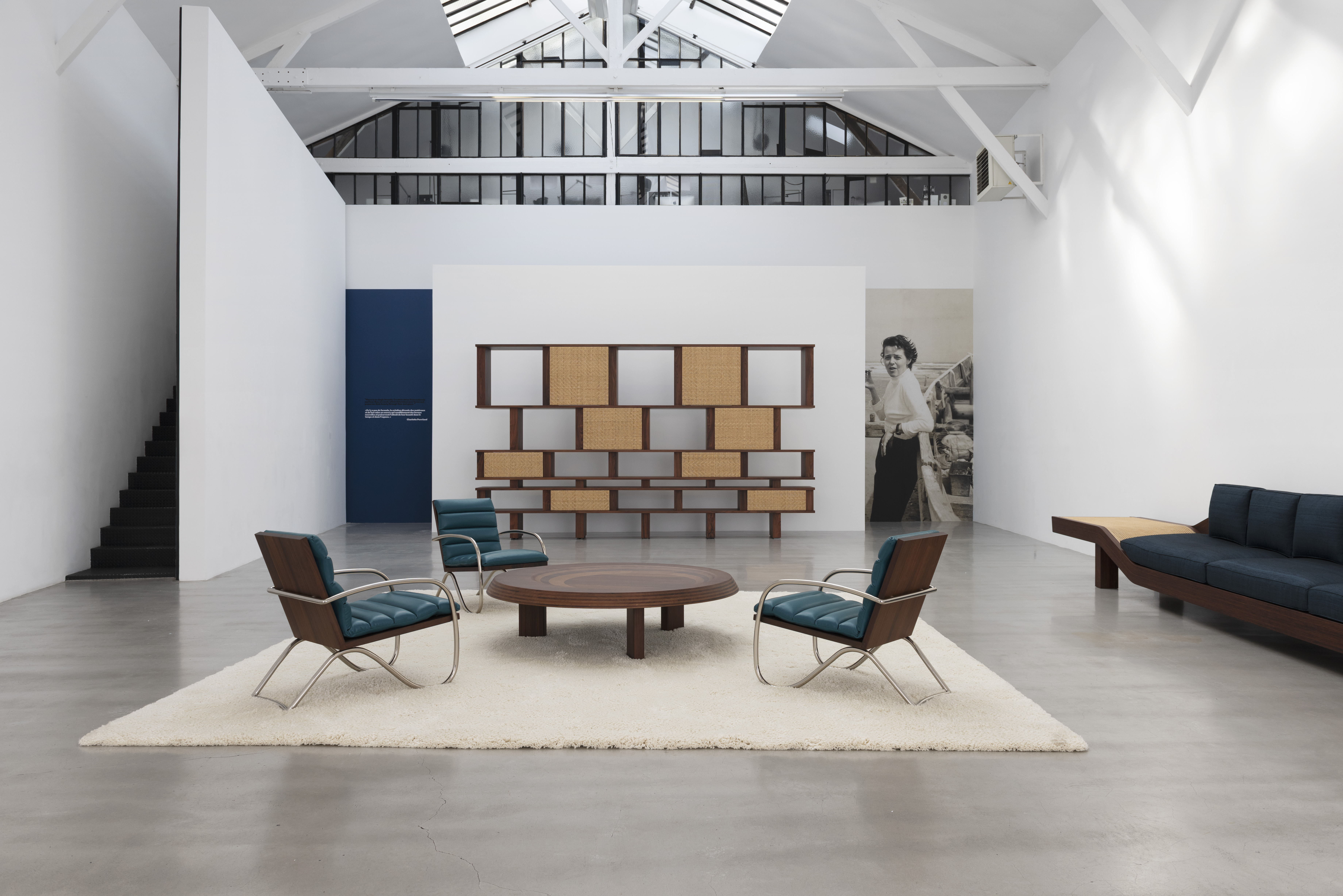 Saint Laurent's Anthony Vaccarello curates four rare Charlotte Perriand reissues
Saint Laurent's Anthony Vaccarello curates four rare Charlotte Perriand reissuesThese lesser-seen Charlotte Perriand furniture designs are reissued in a limited edition and on display at Paris' Galerie Patrick Seguin (until 22 November 2025)
-
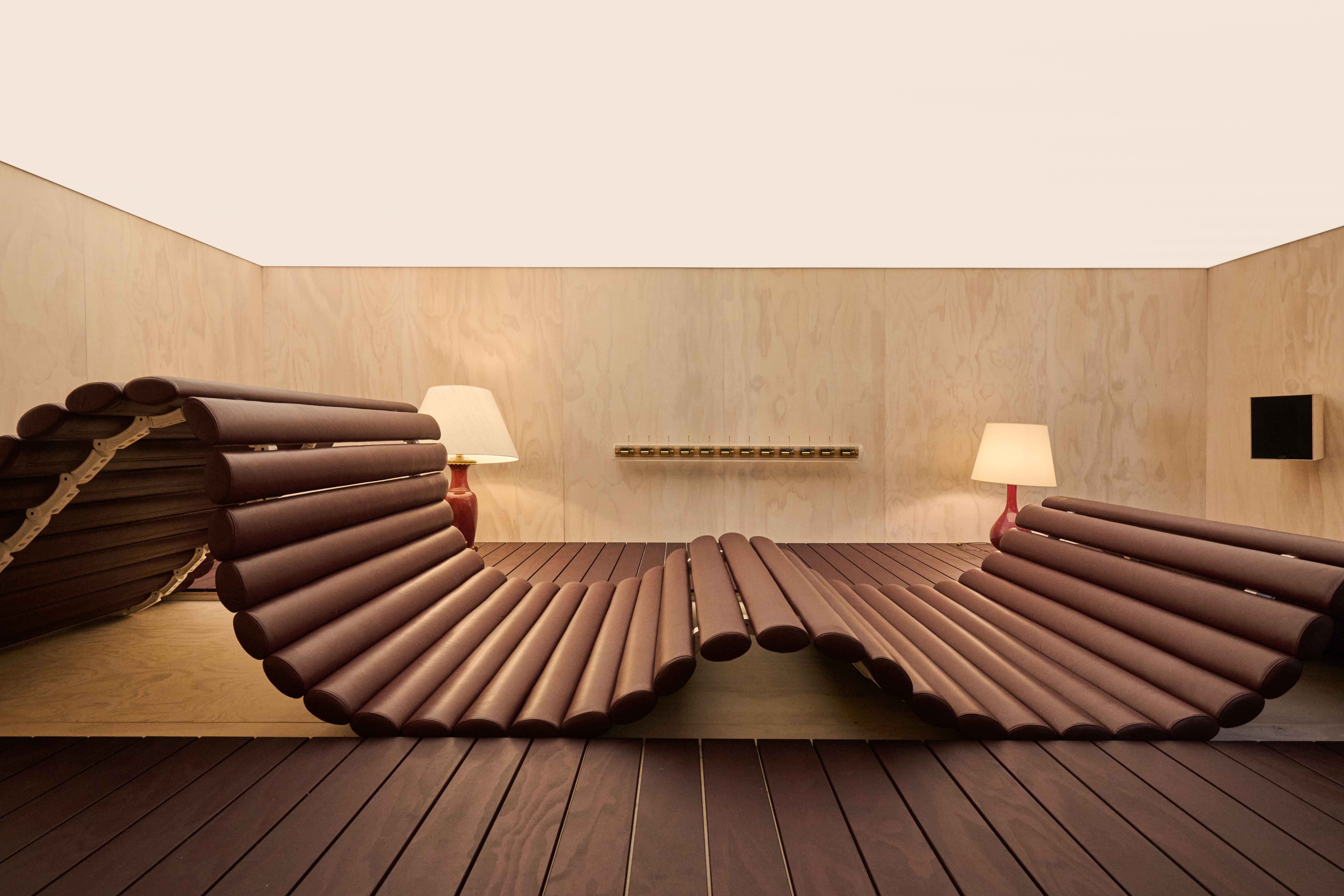 Best of Design Miami Paris 2025: animal sculptures and musical ping-pong tables
Best of Design Miami Paris 2025: animal sculptures and musical ping-pong tablesDesign Miami Paris returns to the Hôtel de Maisons (until 26 October 2025): here are the Wallpaper* highlights
-
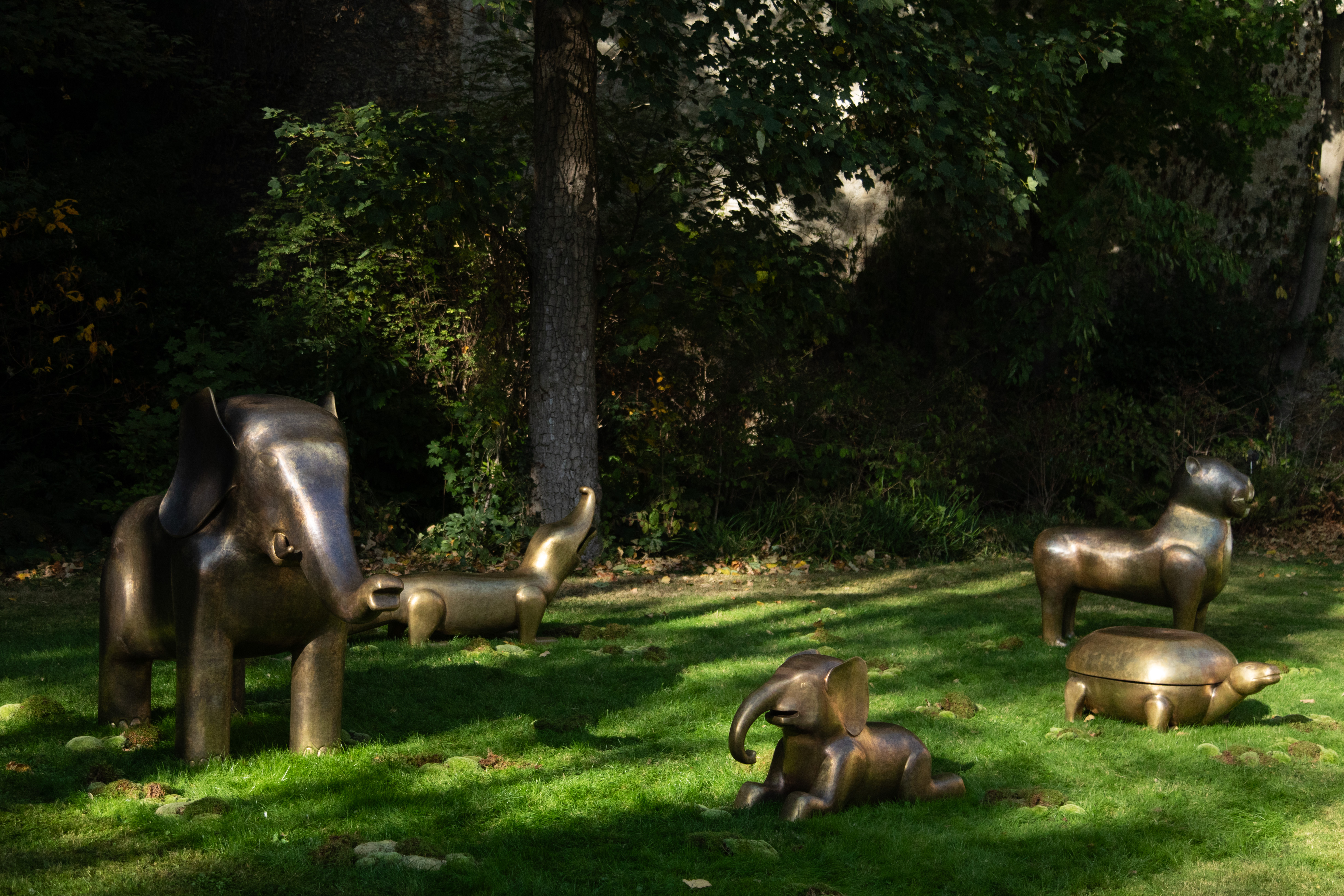 At Design Miami Paris, an artful menagerie tells a story of scent and nature
At Design Miami Paris, an artful menagerie tells a story of scent and natureVikram Goyal and Sissel Tolaas present ‘The Soul Garden’ at Design Miami Paris (until 26 October 2025), ‘a contemporary fable where the animals take new forms, reimagined for the world we live in today’
-
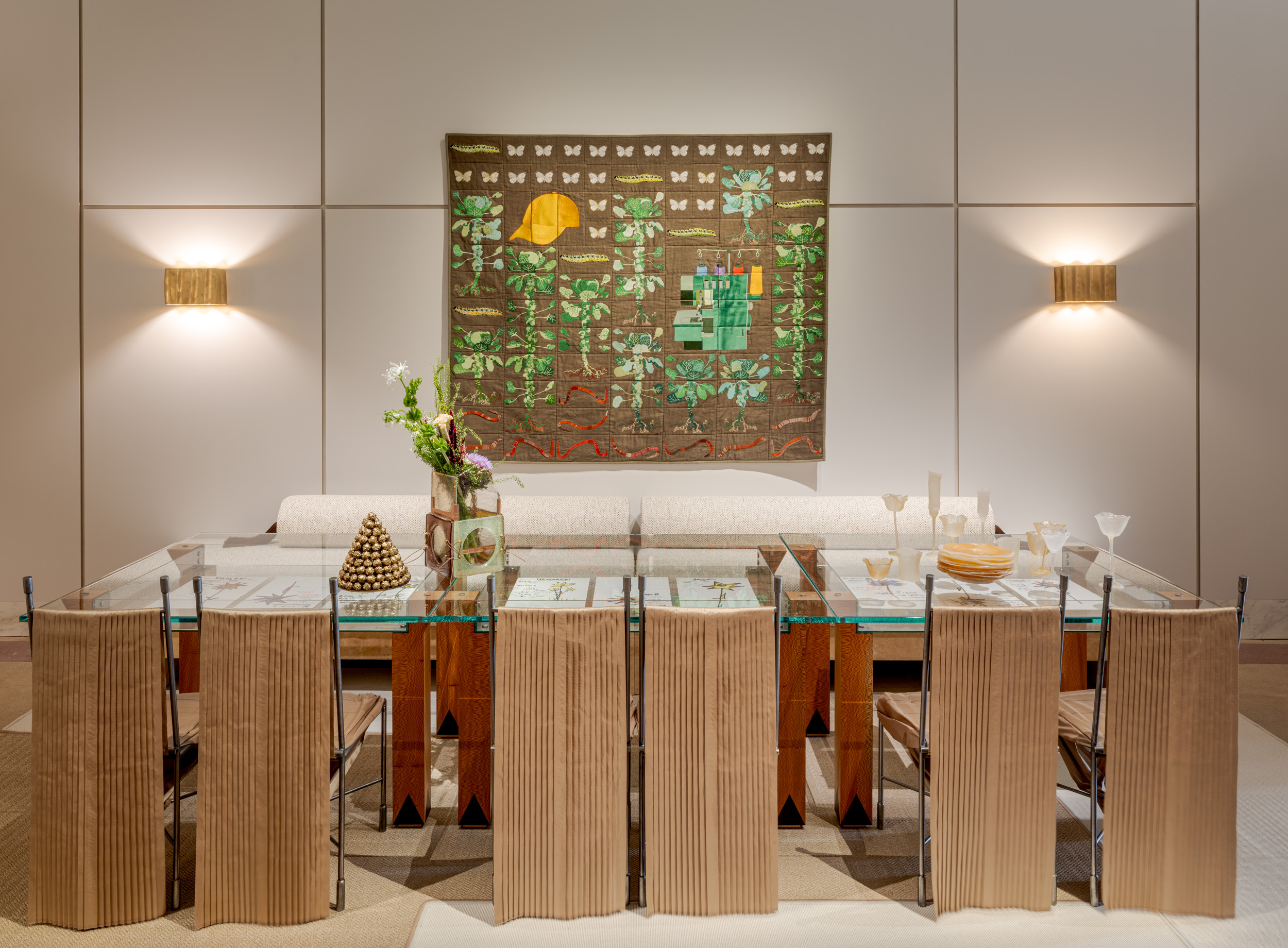 These are the best design exhibitions to see in Paris this week
These are the best design exhibitions to see in Paris this weekAs Design Miami Paris and Art Basel Paris make their return, we round up the best design exhibitions to discover in the city
-
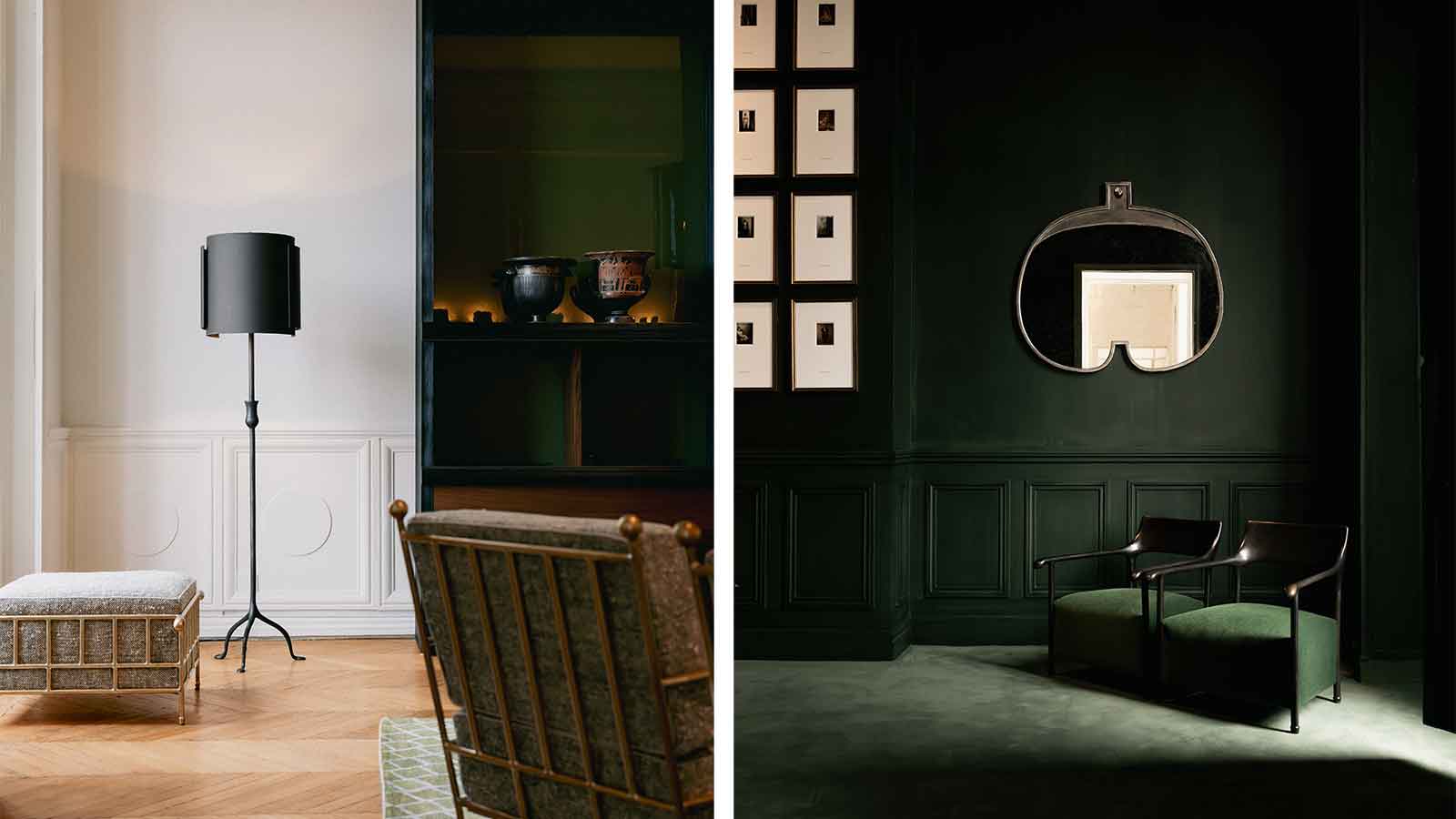 Charles Zana's fantasy interiors are on display in a Parisian apartment
Charles Zana's fantasy interiors are on display in a Parisian apartmentThis week, Charles Zana presents new, extra-large furniture designs in an apartment overlooking the Tuileries gardens